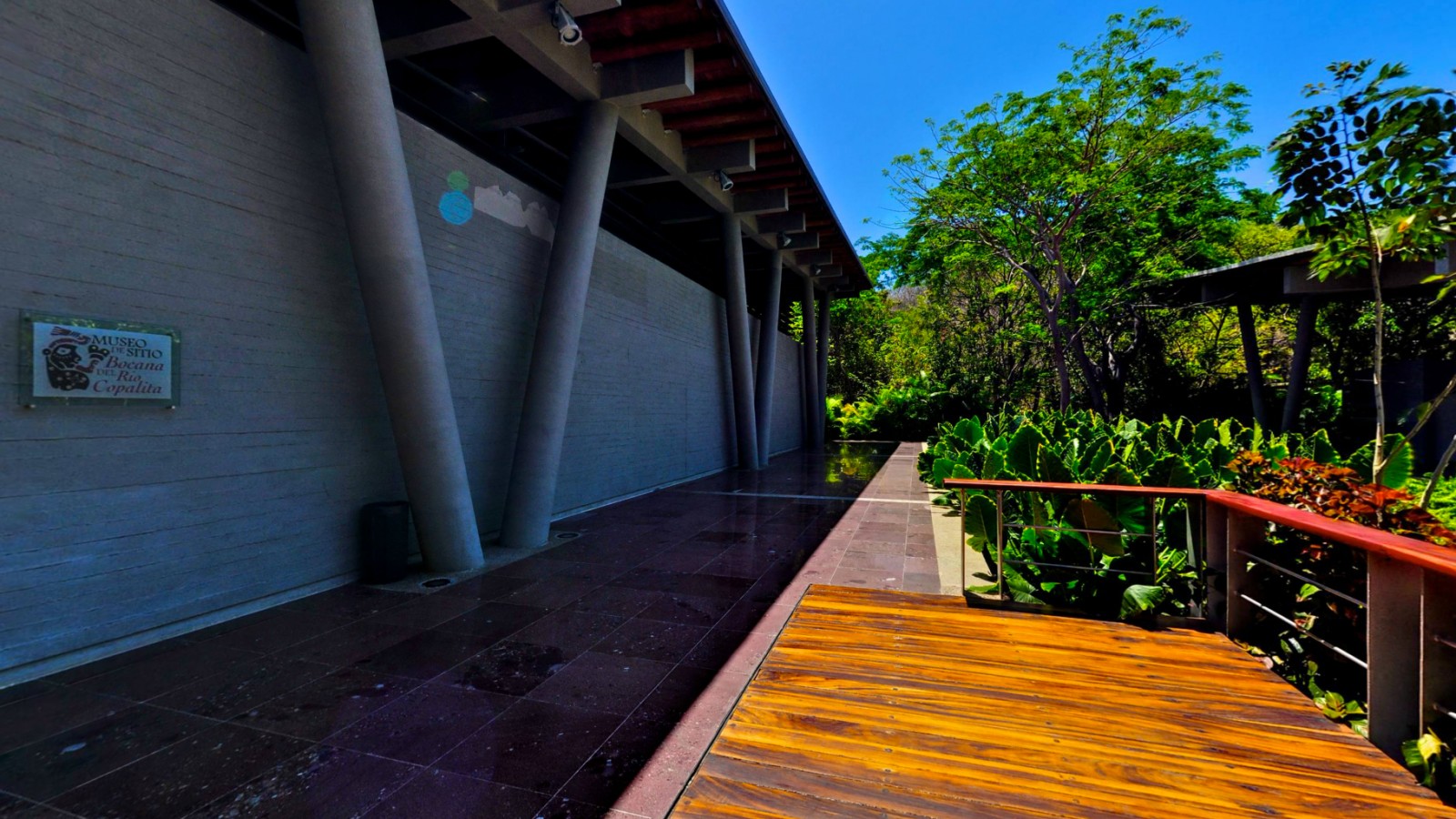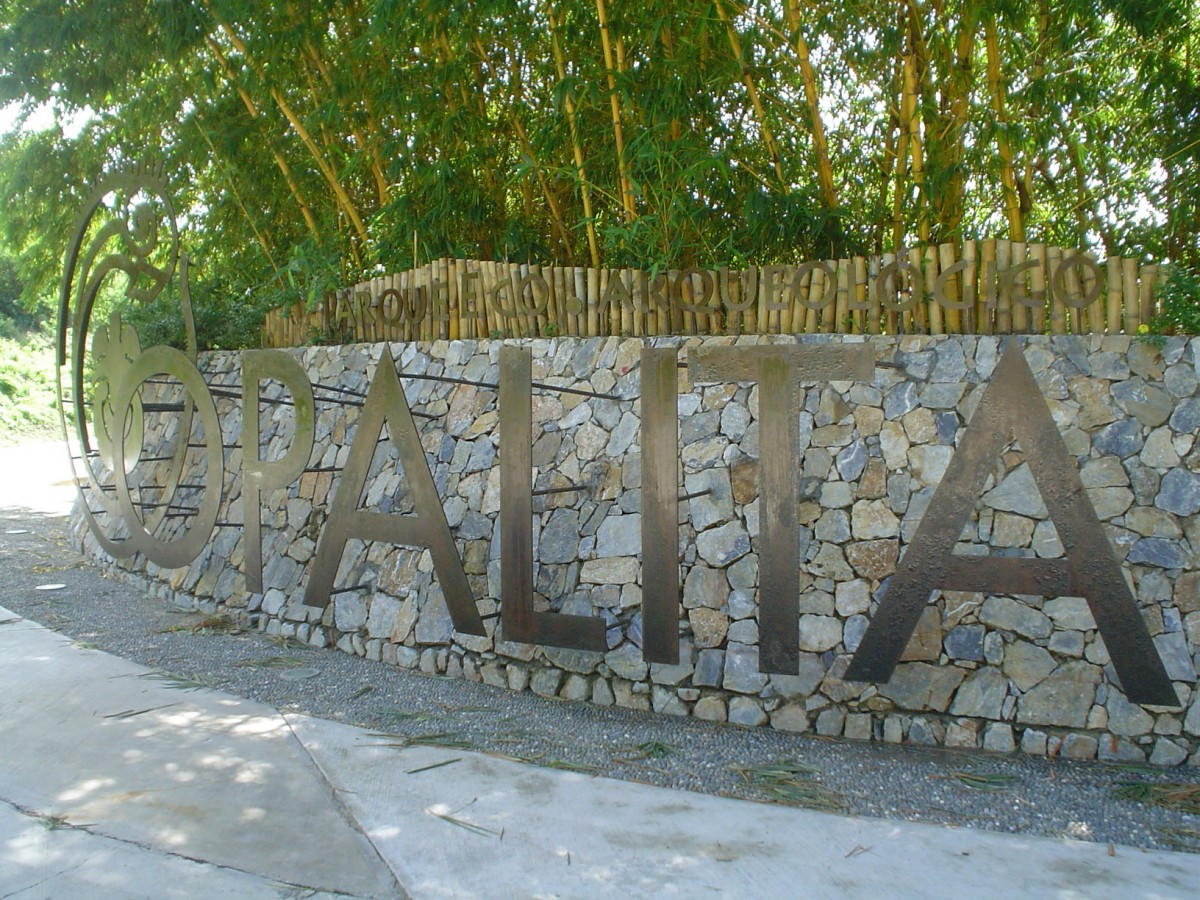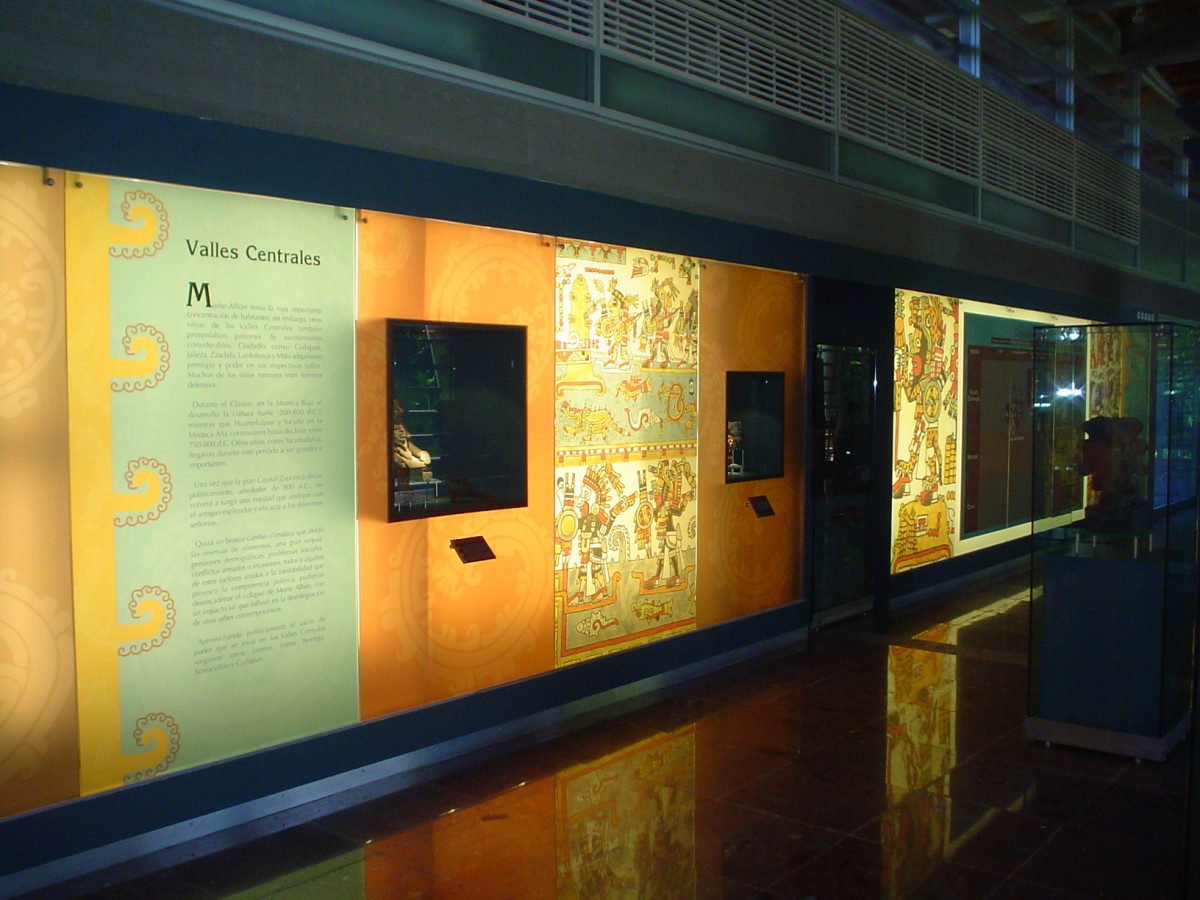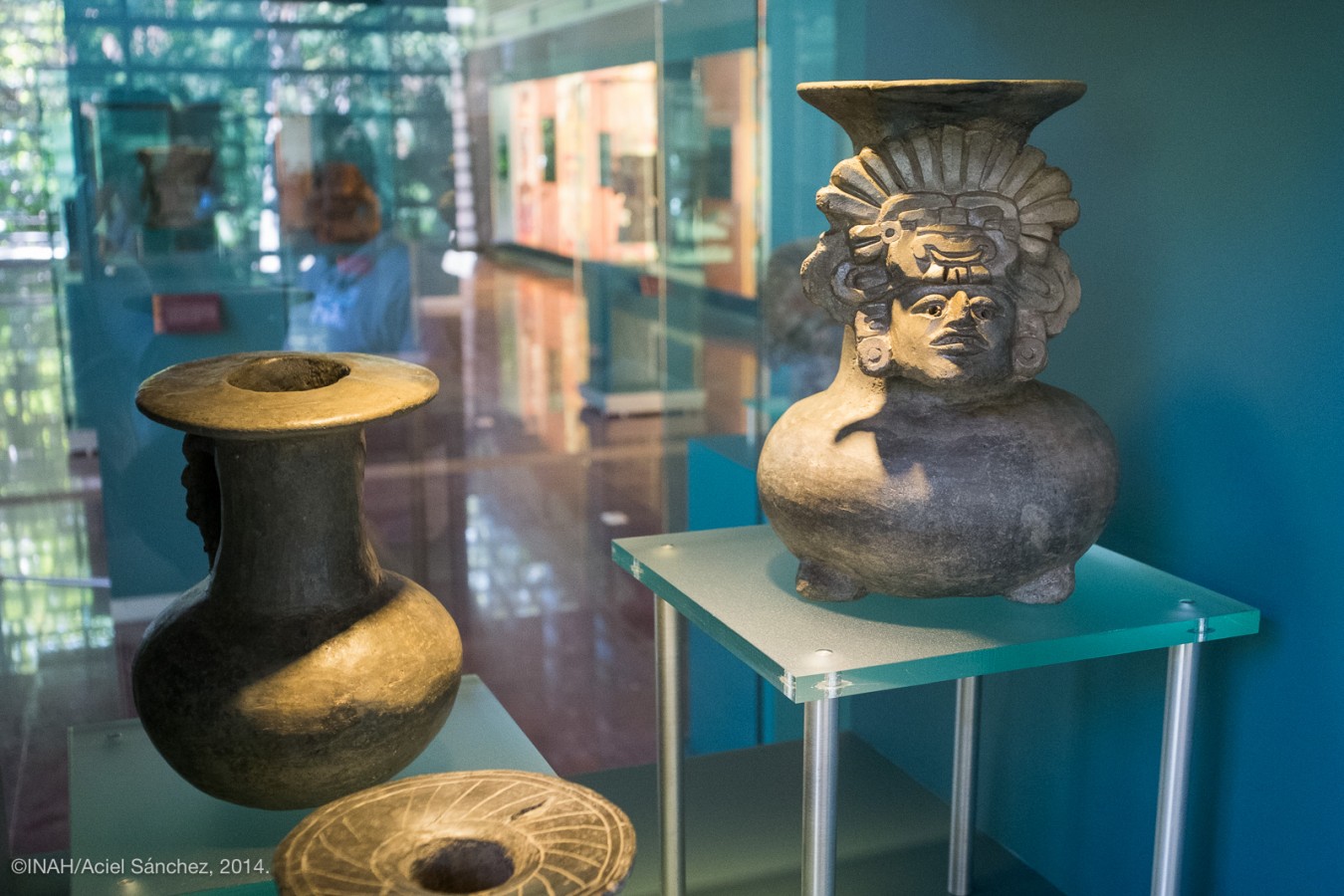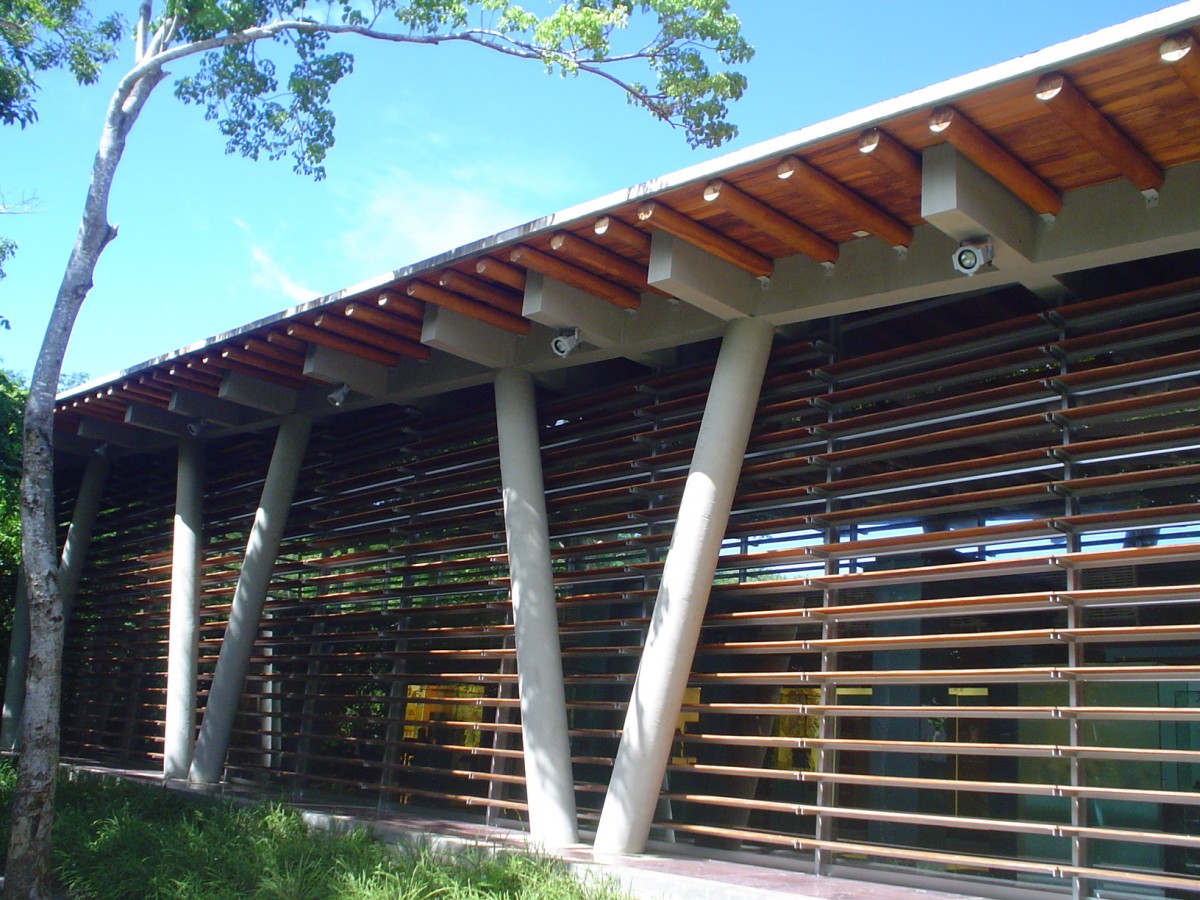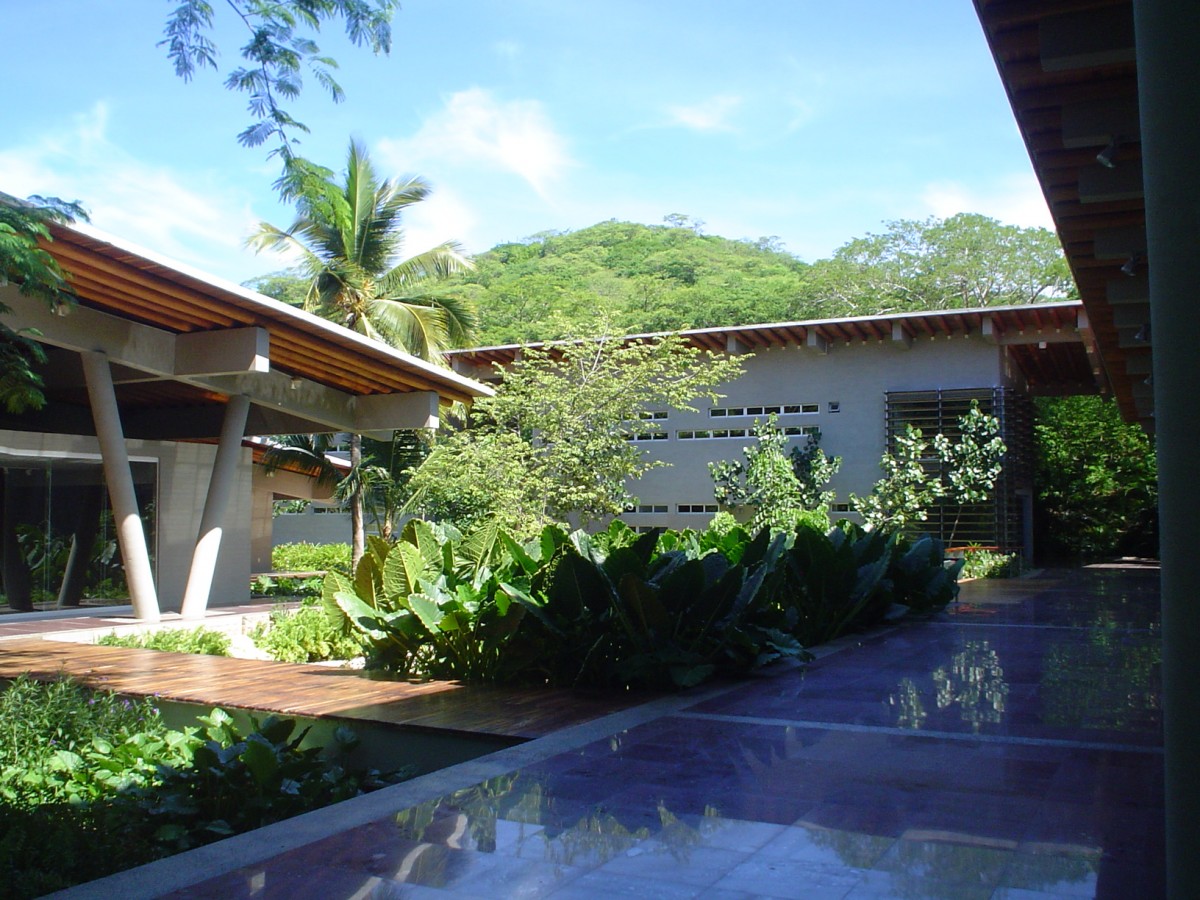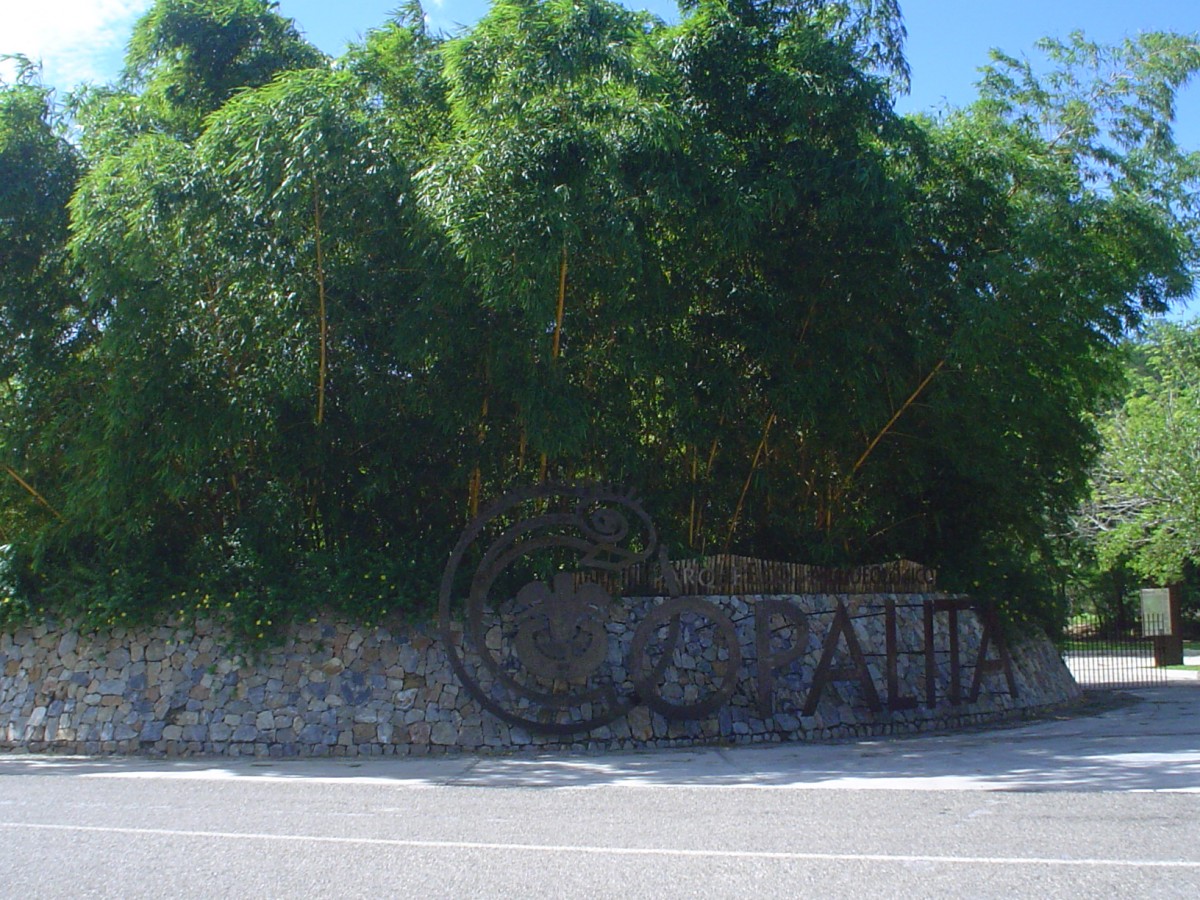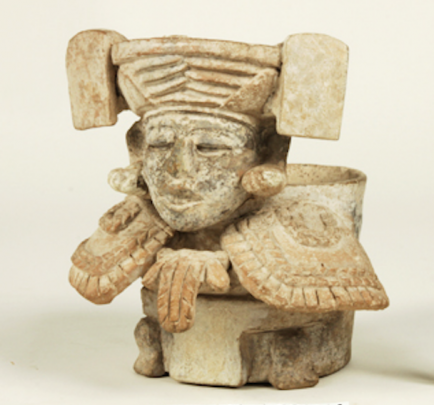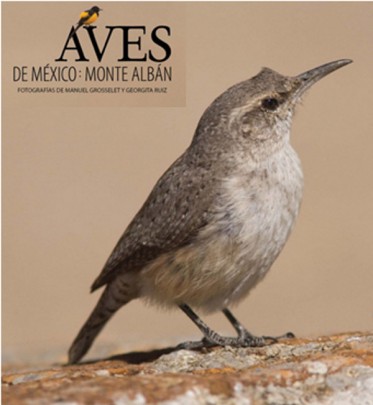Museo de Sitio de Bocana del Río Copalita
The Mixtec Lord 8 Deer Jaguar Claw ruled over a vast area of the present-day coast of Oaxaca. His memory is preserved in this museum, close to Huatulco. The displays features terracotta figures dating back 2,500 years, pounders for making amate paper, polychrome pottery, green stone objects and much more.
About the museum
The Site Museum was set up in November and December 2009 by the INAH Museums Department under Patricia Real. The archeological material on show reflects the areas which have received most attention from the researchers. This museum was the first on the Oaxaca coast and although the Municipality of Tututepec (the area governed by the Ñuu Savi or Mixtec Lord 8 Deer Jaguar Claw) has a community museum, it is the museum at Copalita which displays the archeological material from local pre-Hispanic settlements found within the municipality.
Finds from the Bocana del Río Archeological Site in Copalita have been conserved throughout the six seasons in the field and in the laboratory, and are being brought into the museum collection. A representative sample of the finds from the west bank of the Copalita River are now displayed, with 2,500-year-old figurines, a carved stone from the ballcourt representing what is known as axe money, pounders for making paper, stone axes, as well as clay and stone weights for fishing nets, a stone awl hammer and fragments of polychrome ceramics used in the years leading up to and following the Conquest. Behind the museum’s glass walls, these artifacts are displayed against a background of foliage from the low deciduous forest in various shades of green, as this was the context of the artifacts for at least 2,000 years until the time of the Conquest.
The Copalita Site Museum shows pieces of ceramic, obsidian, jade, flint and stones carved with pre-Hispanic Mixtec writing and iconography, informing us about their religion, economy and society. The collection also has urns with images of priests with their ritual outfits interspersed with the gods they venerated, pots with effigies in the form of an animal’s claw, a sculpture of an old man and musical instruments, all molded from clay. There are also green stone objects, flint knives and stone beads, a stone “yoke” associated with ball players and a replica of a skull found at Monte Alban covered with turquoise mosaic. The displays include polychrome ceramic vessels painted in the codex style of the Mixtec region of Oaxaca. The region governed by Lord 8 Deer Jaguar Claw extended from the Copalito River, Huatulco, in Oaxaca to the southern part of what is now the state of Puebla. The Site Museum has stained-glass windows bearing images of this ruler drawn from the Nuttall Codex, which relates that in 1100 AD he asked the town of Copalitlan (Copalita) for tribute since it came under his fiefdom.
Finds from the Bocana del Río Archeological Site in Copalita have been conserved throughout the six seasons in the field and in the laboratory, and are being brought into the museum collection. A representative sample of the finds from the west bank of the Copalita River are now displayed, with 2,500-year-old figurines, a carved stone from the ballcourt representing what is known as axe money, pounders for making paper, stone axes, as well as clay and stone weights for fishing nets, a stone awl hammer and fragments of polychrome ceramics used in the years leading up to and following the Conquest. Behind the museum’s glass walls, these artifacts are displayed against a background of foliage from the low deciduous forest in various shades of green, as this was the context of the artifacts for at least 2,000 years until the time of the Conquest.
The Copalita Site Museum shows pieces of ceramic, obsidian, jade, flint and stones carved with pre-Hispanic Mixtec writing and iconography, informing us about their religion, economy and society. The collection also has urns with images of priests with their ritual outfits interspersed with the gods they venerated, pots with effigies in the form of an animal’s claw, a sculpture of an old man and musical instruments, all molded from clay. There are also green stone objects, flint knives and stone beads, a stone “yoke” associated with ball players and a replica of a skull found at Monte Alban covered with turquoise mosaic. The displays include polychrome ceramic vessels painted in the codex style of the Mixtec region of Oaxaca. The region governed by Lord 8 Deer Jaguar Claw extended from the Copalito River, Huatulco, in Oaxaca to the southern part of what is now the state of Puebla. The Site Museum has stained-glass windows bearing images of this ruler drawn from the Nuttall Codex, which relates that in 1100 AD he asked the town of Copalitlan (Copalita) for tribute since it came under his fiefdom.
October 2010
Practical information
Tuesday to Sunday from 9:00 to 17:00 hrs
Free entry
Boulevard Copalita-Tangolunda tramo 15,
Bahías de Huatulco, Oaxaca, México.
Bahías de Huatulco, Oaxaca, México.
Located 10 km from Bahías de Huatulco
Services
-
(951) 515 0389
-
This email address is being protected from spambots. You need JavaScript enabled to view it.
Directory
Encargado en Centro INAH-Oaxaca
Joel Omar Vázquez Herrera
This email address is being protected from spambots. You need JavaScript enabled to view it.
01(951) 515 – 0389
Encargado de Proyecto de Investigación
Ilan Vit Suzan
This email address is being protected from spambots. You need JavaScript enabled to view it.
01 (951) 515 0389

